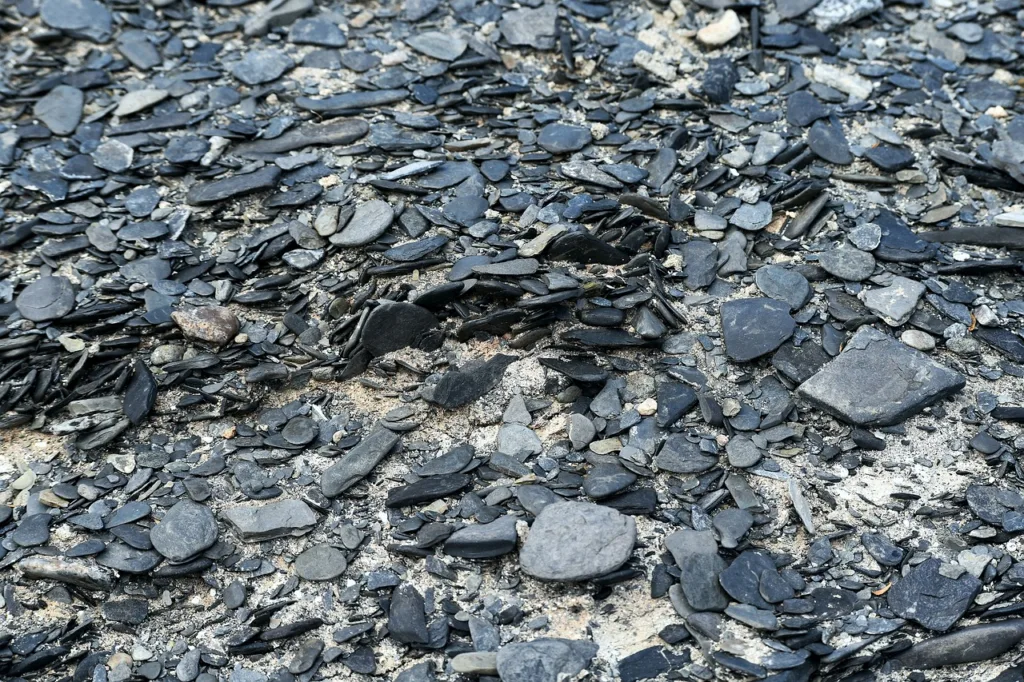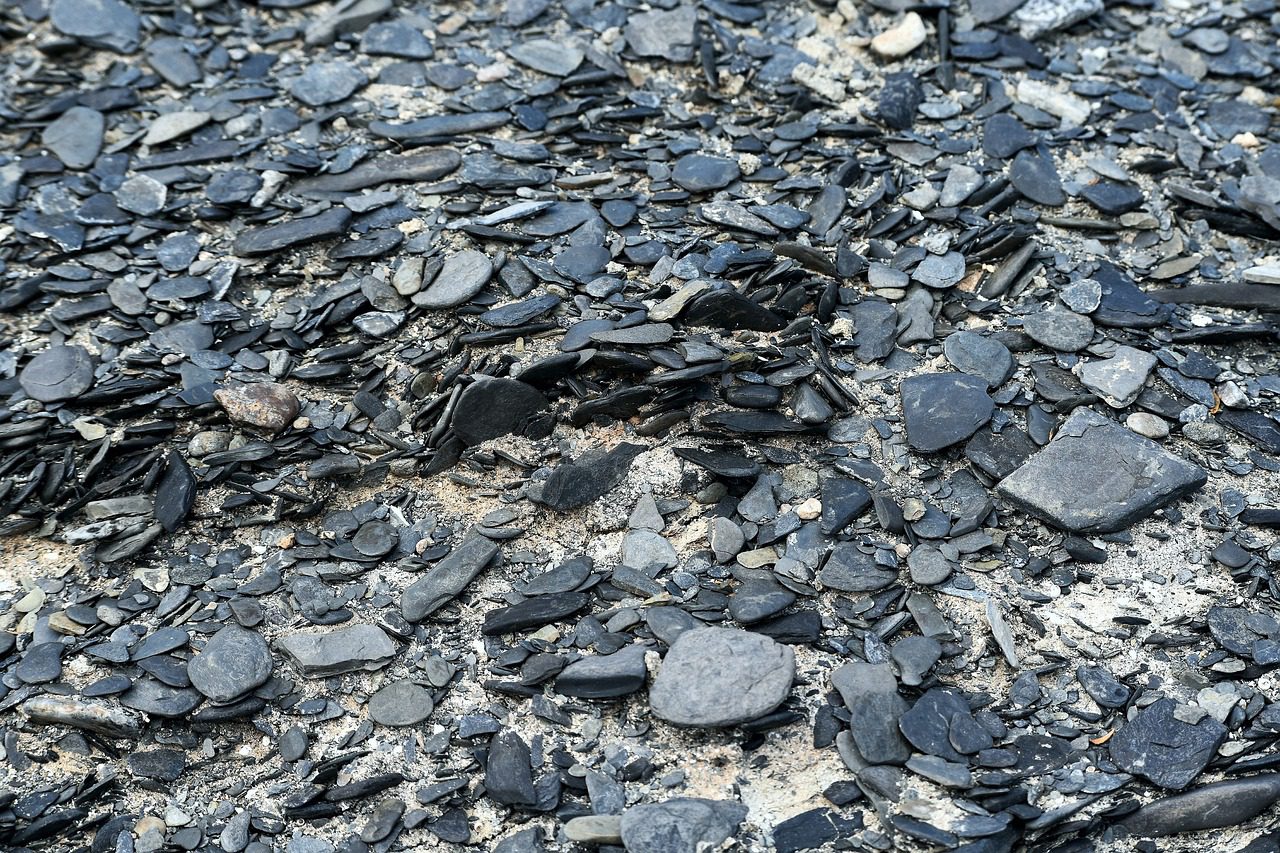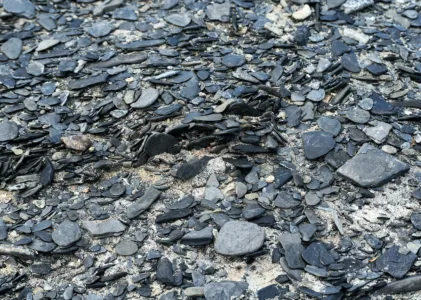In recent years, shale rocks have garnered significant attention and sparked debates due to their various applications and implications. From the rise of hydraulic fracturing (fracking) to their potential for carbon dioxide storage and environmental concerns, shale rocks have become a topic of great interest . Nature has a way of concealing treasures within its layers, and shale rock is a perfect example of this geological marvel. With its unique composition and fascinating properties, shale rock has captivated scientists, environmentalists, and curious minds alike.
In this article, we will explore the value and significance of shale rocks, shedding light on their diverse applications and the factors contributing to their growing prominence.
The Origins of Shale Rock
Shale rock is a sedimentary rock that forms from the accumulation and compaction of fine-grained particles over millions of years. It typically originates from ancient lake and ocean beds, where layers of mud, silt, and clay gradually settle and transform into solid rock. The slow and steady process of sedimentation gives shale its distinctive laminated structure.

Table of Contents
Unleashing the Layers: Shale Rock and Fossil Discoveries
One of the most captivating aspects of shale rock is its potential for preserving fossils. Due to its fine-grained nature and low permeability, shale acts as a natural “time capsule,” preserving delicate remains of plants, animals, and microscopic organisms that lived millions of years ago. Paleontologists have unearthed invaluable fossil specimens from shale formations, offering invaluable insights into the Earth’s ancient ecosystems and the evolution of life.
Unlocking Shale’s Energy Potential
Shale Gas and Oil: Shale rock’s significance extends beyond its geological and paleontological wonders. Over the years, advancements in drilling techniques, notably hydraulic fracturing (fracking), have unlocked vast reserves of natural gas and oil trapped within shale formations. This unconventional energy source has transformed energy landscapes worldwide, with shale gas and oil playing a pivotal role in meeting growing energy demands. Also Read: Canada Wildfires : How to Keep Your Family Safe Amidst this Environmental Challenge
The Rise of Hydraulic Fracturing
The advent of hydraulic fracturing, commonly known as fracking, has revolutionized the energy industry in the United States. Fracking involves the injection of pressurized water, sand, and chemicals into shale rocks to extract oil and natural gas. This technique has significantly boosted the production of shale oil and gas, making previously uneconomical reserves viable. As a result, shale rocks have emerged as a valuable energy resource and have played a crucial role in meeting the nation’s energy demands.
Diverse Applications and Economic Value
Beyond their energy-related significance, shale rocks have found various applications across industries. They serve as valuable resources for the production of bricks, tiles, and other building materials due to their composition and durability. Shale rocks also contribute to the manufacturing of ceramics, lubricants, and fertilizers, further underlining their versatility. These applications make shale rocks an essential component of the US economy, with their value extending beyond the energy sector.

Shale Rock and Environmental Considerations
While shale gas and oil extraction offer significant energy benefits, they also raise important environmental concerns. The process of fracking and shale extraction can impact groundwater quality, release greenhouse gases, and disrupt ecosystems. As we strive for sustainable energy solutions, striking a balance between energy needs and environmental preservation becomes imperative. Also Read: Tesla Enforcing Green Energy Usage – Megafactory scaling production of Megapck 2 XL
The Versatility of Shale Rock
Beyond its energy potential, shale rock possesses remarkable versatility. Its composition, which often includes minerals like quartz, clay, and feldspar, makes it a valuable resource for various applications. Shale can be utilized in the production of bricks, tiles, and ceramic materials, offering durability and aesthetic appeal. Additionally, its properties make it an ideal material for manufacturing lubricants, fertilizers, and even certain cosmetic products. Also Read: The Model A: FAA-Approved, First 100% Electric Flying Car | Pre-Book Your Future of Transportation Today
Shale Rock’s Role in Carbon Capture and Storage
In recent years, researchers have explored shale rock’s potential as a carbon dioxide storage medium. Shale’s porous structure and ability to hold fluids have sparked investigations into its capacity to trap and store carbon dioxide, aiding in the reduction of greenhouse gas emissions. If successfully harnessed, shale rock could become a crucial component of carbon capture and storage technologies, contributing to global efforts to combat climate change.
Conclusion:
Shale rock stands as a testament to Earth’s geological and environmental wonders. From its formation over millions of years to its potential as an energy source and carbon storage medium, shale rock showcases the intricate interplay between nature, time, and human ingenuity. While shale extraction and its environmental impact require careful consideration, its versatility and fossil-preservation capabilities continue to inspire scientific exploration and innovation.
As we marvel at the layers of shale rock, let us strive to harness its benefits responsibly, ensuring a sustainable and balanced approach to energy production, environmental stewardship, and the preservation of our planet’s ancient treasures.


